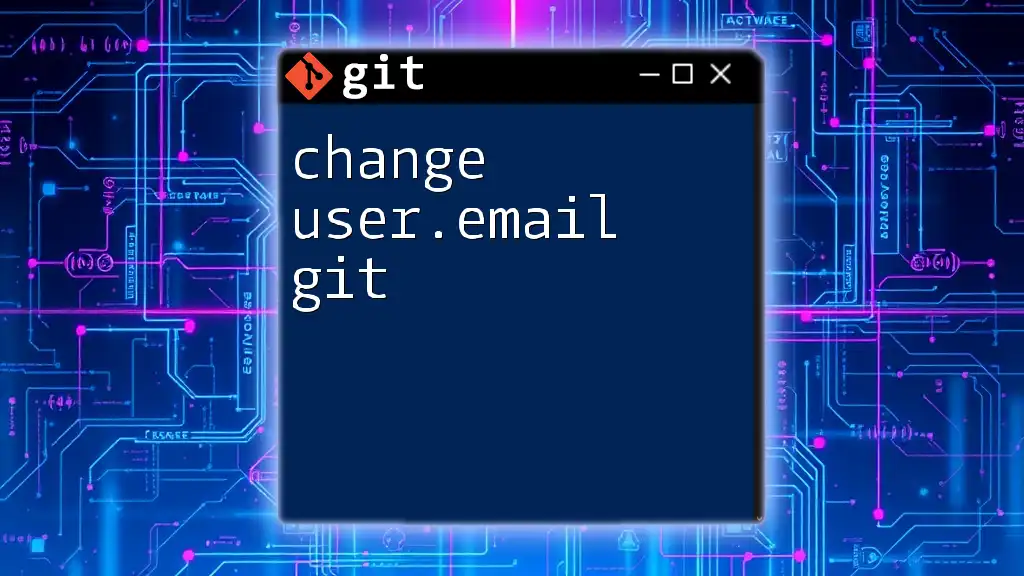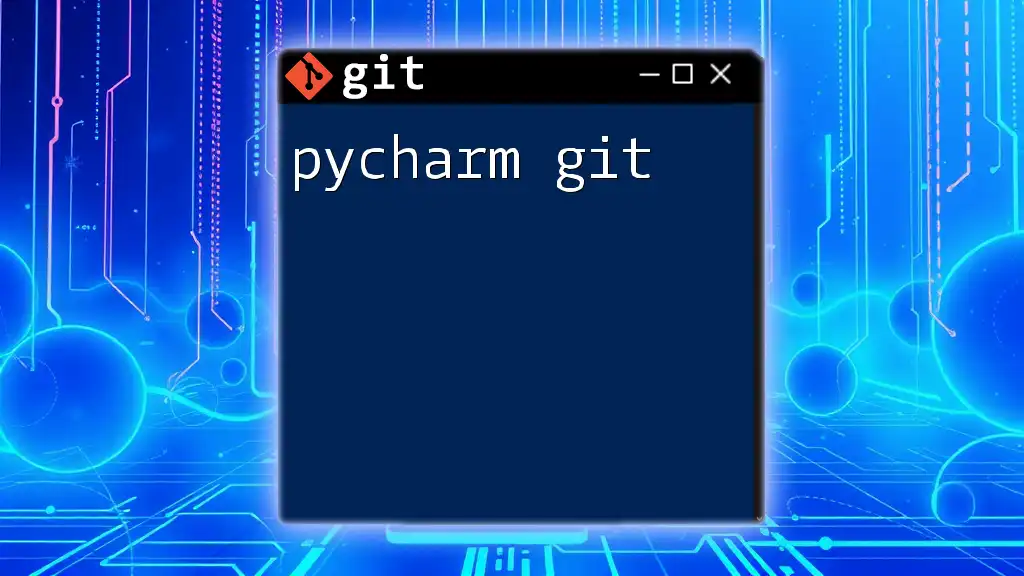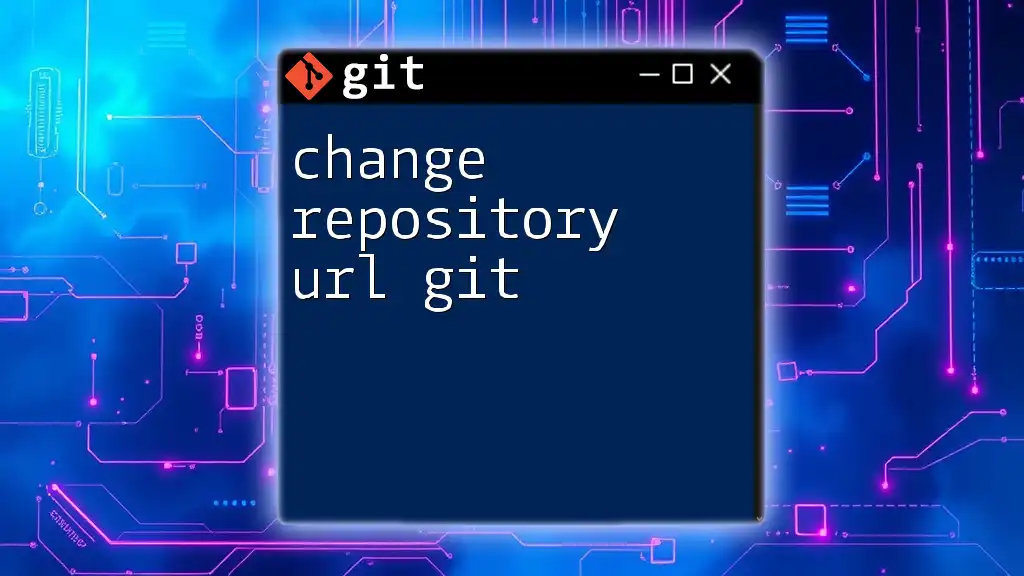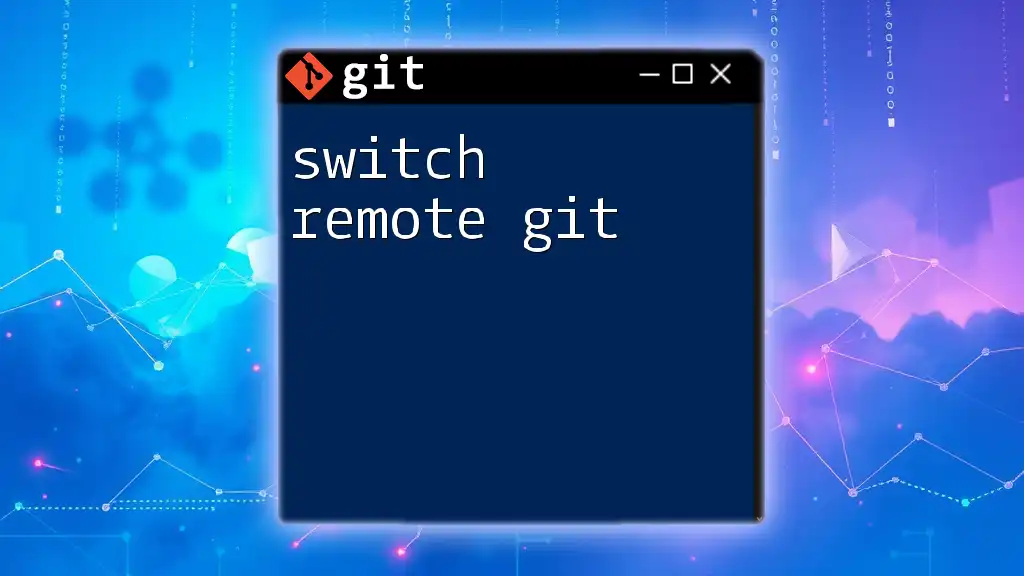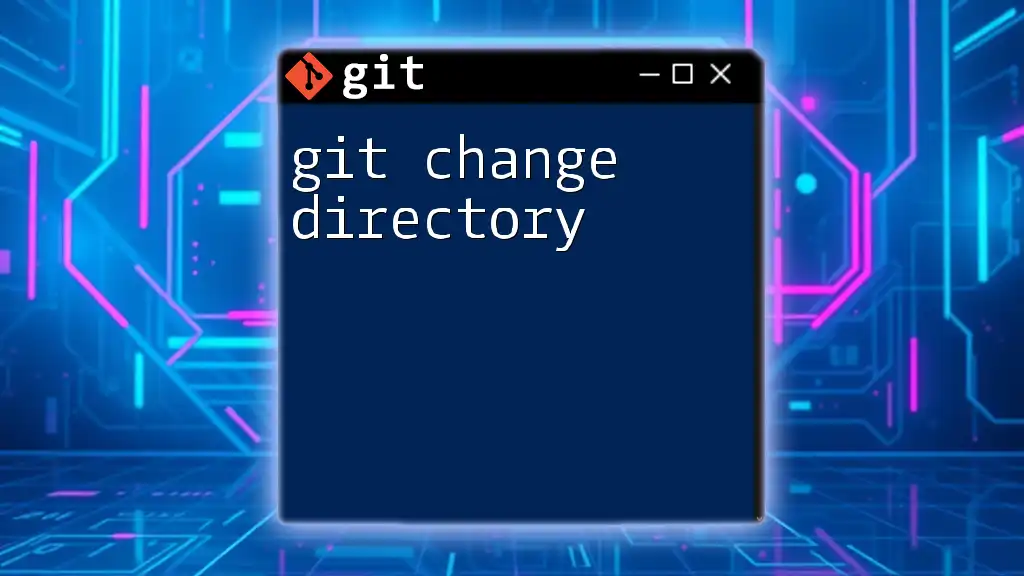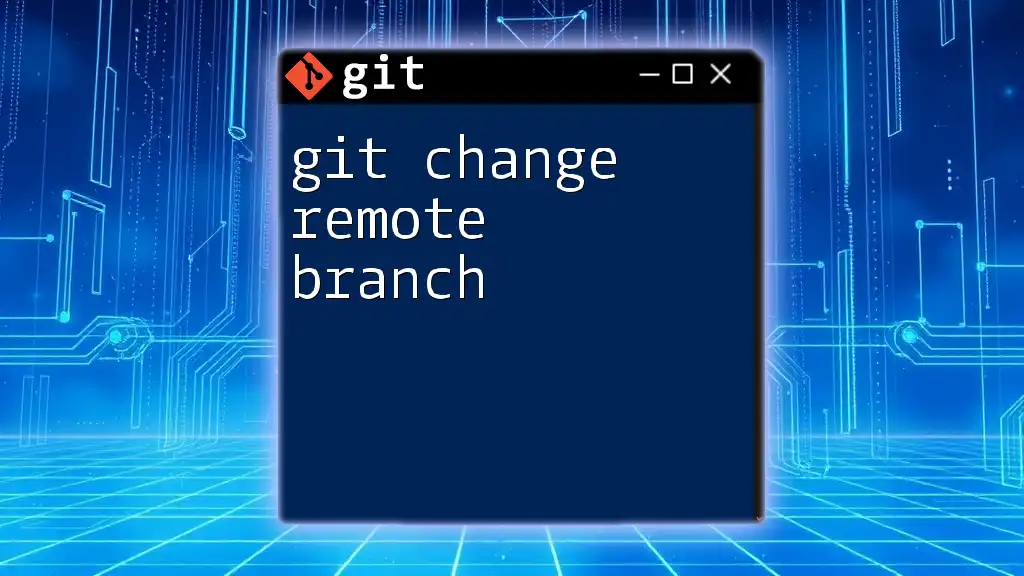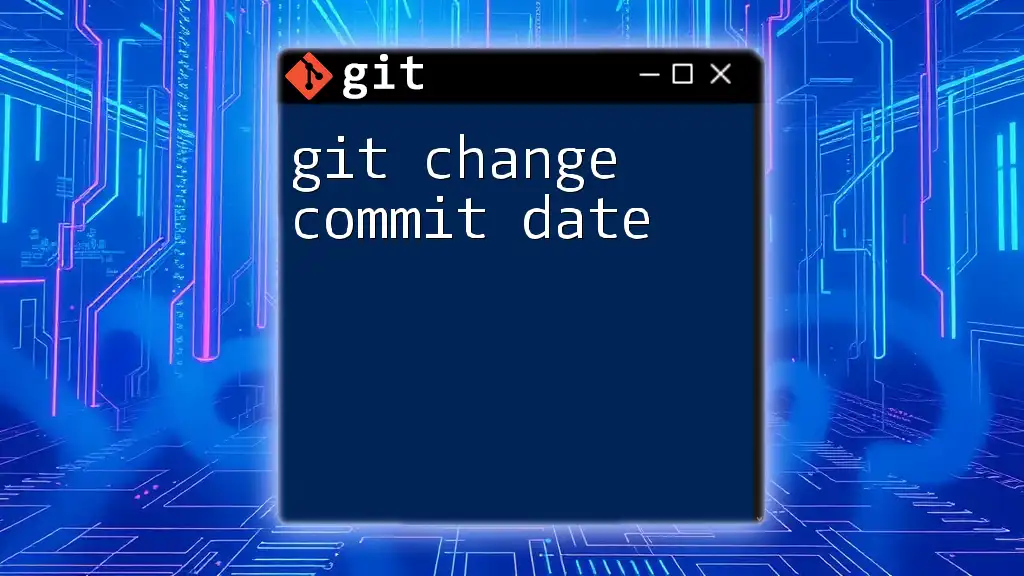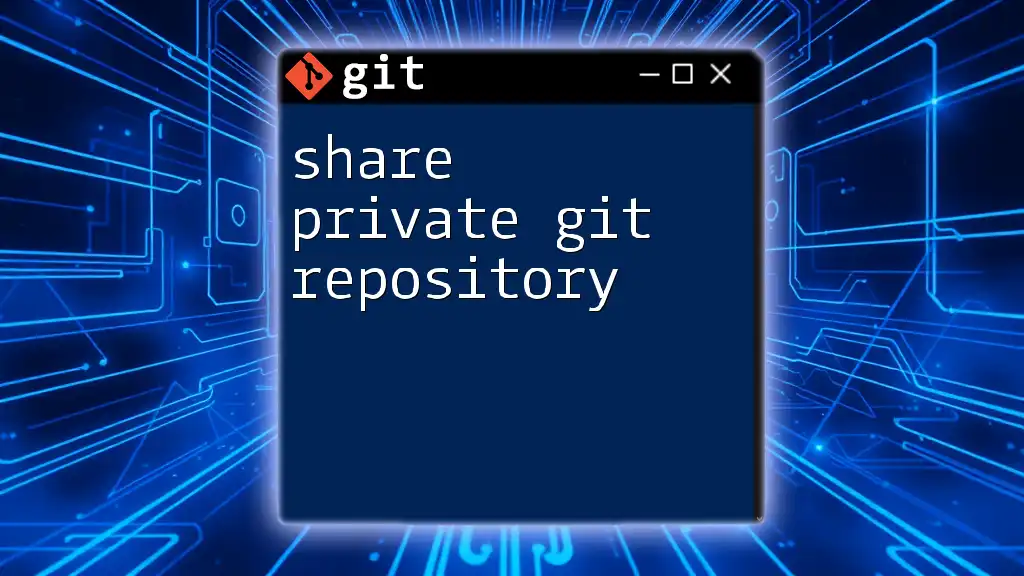To change the email associated with your Git commits, you can use the following command:
git config --global user.email "you@example.com"
Understanding Git Configuration
What is Git Configuration?
Git configuration is the process by which Git sets user-specific settings. This includes personal information that is displayed in commit messages, such as the user's name and email. There are two levels of configuration in Git: local and global.
-
Local Configuration: These settings are specific to a single repository. They override global configurations.
-
Global Configuration: These settings apply across all repositories on the user's system. They are useful for managing default settings that do not need to change across different projects.
Checking Current User Configuration
Before changing your user email in Git, it is helpful to know what your current configuration is.
To check the currently set email address, you would run:
git config --global user.email
This command retrieves the global user email. If you want to check the email configuration for a specific repository, simply omit the `--global` flag:
git config user.email
The output will display your configured email address, which helps you confirm your current settings.
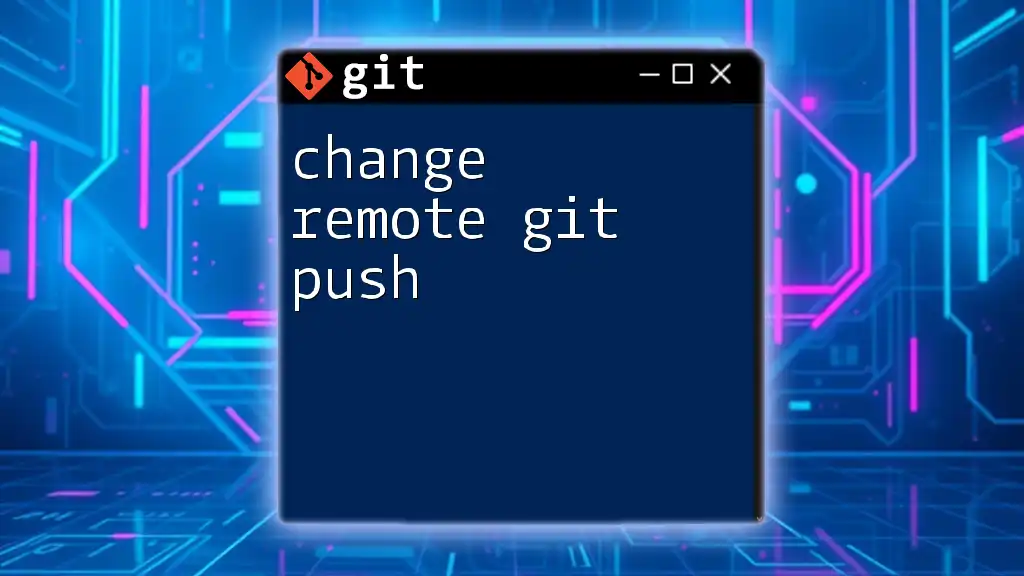
Changing User Email in Git
Changing Email Globally
If you want to set a new email address that will be used in all your repositories, you can change your Git global email configuration. The command to do this is straightforward:
git config --global user.email "newemail@example.com"
By using the `--global` flag, you ensure that all future commits from any repository will use the specified email address.
Once you've made the change, you can verify it by running:
git config --global user.email
This should return your newly set email address, confirming that the change was successful.
Changing Email Locally
In scenarios where you need to differentiate your identity across projects—for example, separating personal contributions from work-related ones—you may want to adjust the email setting just for a specific repository.
To change the email locally, navigate to the repository where the change is needed and run the following command:
git config user.email "localemail@example.com"
This command sets your email only for the current repository. To verify that the local change was made correctly, use:
git config user.email
This command will output the locally configured email address, allowing you to confirm that the change has taken effect only in the specified repository.
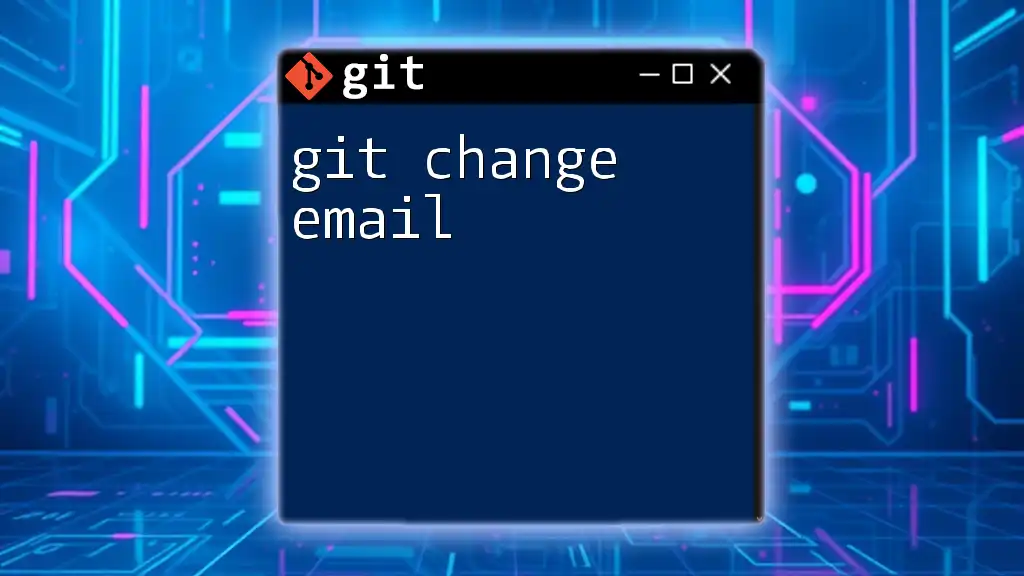
Managing Multiple Emails
Using Different Emails for Different Repositories
Having different email addresses for various projects is critical for effective collaboration and personal organization. You may prefer using one email for open-source contributions and another for professional projects.
It's important to remember the implications of how these configurations interact. When committing to a repository, Git will use the local configuration if it exists; otherwise, it defaults to the global setting. This flexibility allows you to seamlessly work across varied environments without confusion.
Best Practices for Managing Multiple Emails
To effectively manage multiple emails, consider the following approaches:
- Documentation: Keep a `.gitconfig` documentation file explaining which projects use which email addresses.
- Consistent Patterns: Use similar domains or naming conventions to easily identify the purpose of each email address associated with your repositories.
By staying organized, you will reduce the risk of confusing your personal and professional identity.
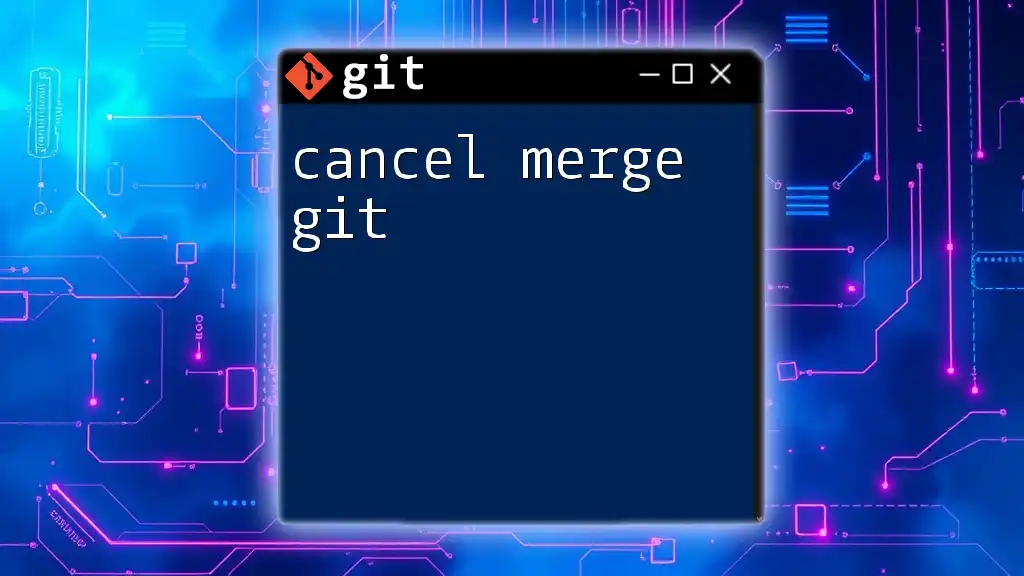
Troubleshooting Common Issues
Issues with Email Visibility in Commits
Correctly configuring your user email is vital for how your contributions are viewed by others. For instance, if the wrong email appears in commit history, that attribution might lead to complications in recognition or collaboration.
In this case, you might need to amend existing commits. To change the most recent commit, use:
git commit --amend --author="Your Name <newemail@example.com>"
Commands to View Commit History
To check which email addresses are associated with past commits, you can run:
git log --pretty=format:"%h - %an <%ae>"
This command provides a concise view of your commit history, displaying the short commit hash, author name, and associated email address. It’s beneficial for verifying that your email address appears correctly in past contributions.
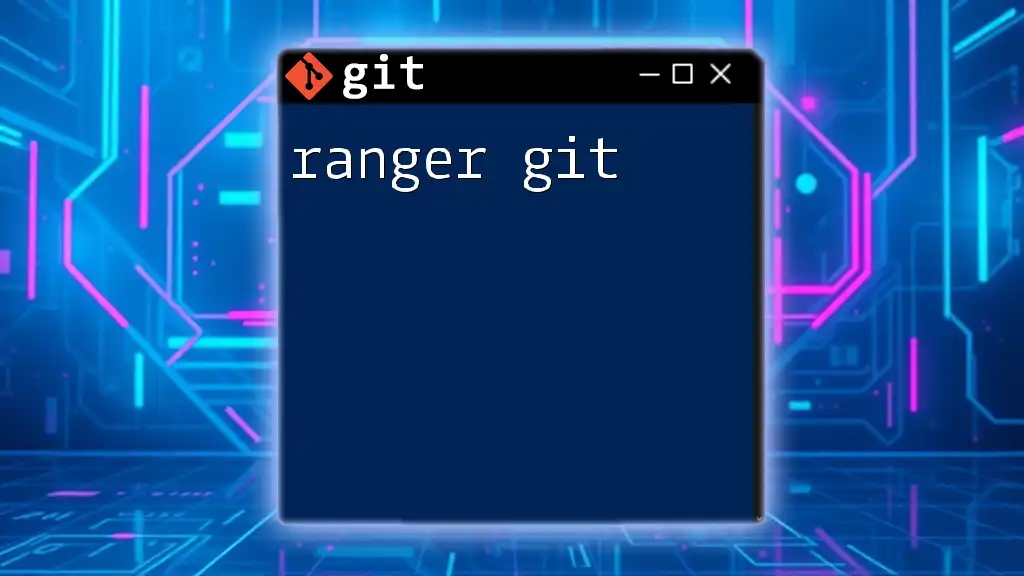
Use Cases for Changing User Email
Contributions to Open Source Projects
Using the correct email is particularly crucial when contributing to open-source repositories. Most platforms, such as GitHub and GitLab, associate contributions with the email address provided at the time of the commit.
If you want your contributions to appear under a specific account, ensure that you are using the email registered with that account. If this is changed post-contribution, it may lead to a lack of visible contributions under your user profile.
Collaborating with Teams
In a team environment, it’s common practice to use company-provided email addresses to ensure consistency and professionalism. Ensuring all team members use a standard domain helps maintain brand identity and also makes it easier to recognize contributions associated with the organization.
Encouraging your team to configure their `user.email` settings correctly will foster a more unified approach to version control.
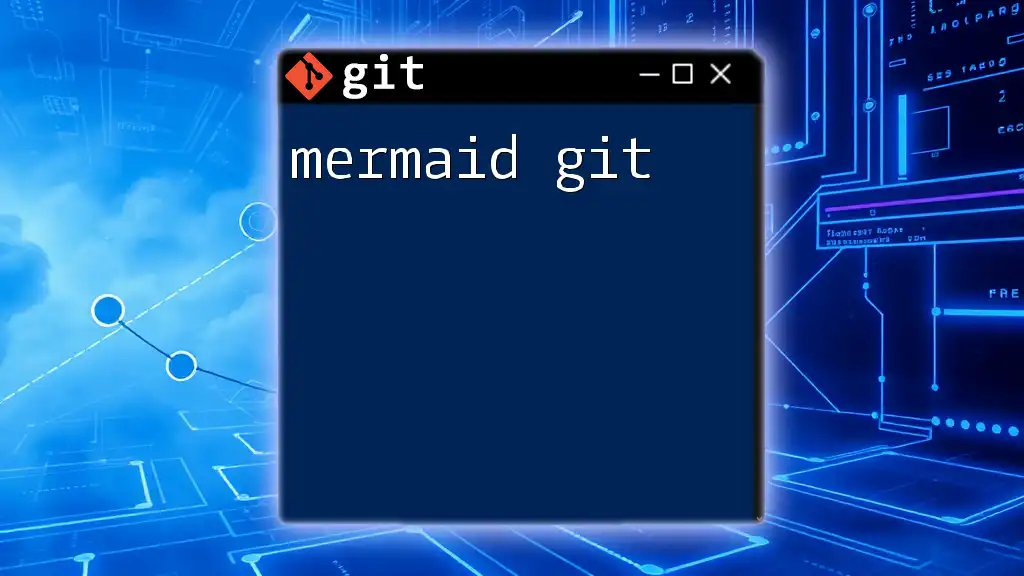
Conclusion
Regularly reviewing and updating your Git configurations, particularly your `user.email`, can enhance the quality of your contributions and streamline your collaboration process. Whether you are contributing to personal projects or collaborating in a professional environment, ensuring the correct email is set is critical.
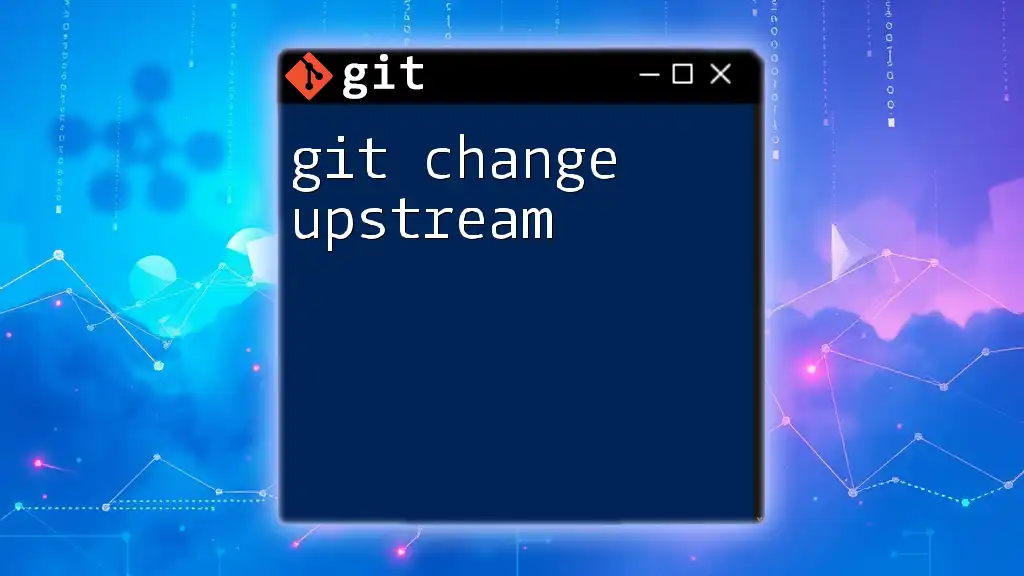
Additional Resources
To further enhance your understanding of Git configurations, consider exploring the official Git documentation. Additionally, several tools and extensions help with managing configurations, making it easier to keep your user settings aligned with your workflow preferences. Community forums can also provide insights and assistance from other experienced users.
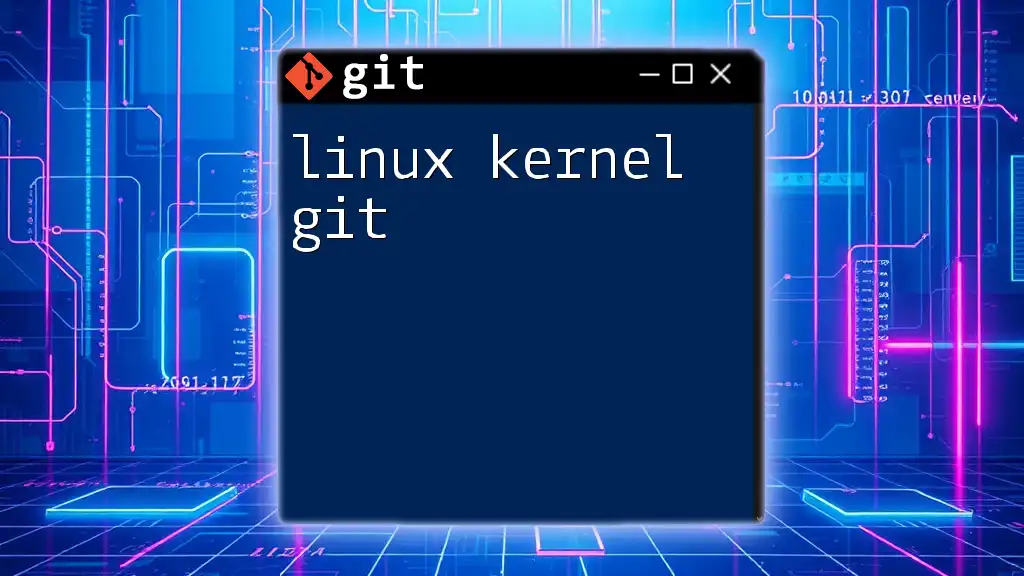
FAQs
-
What happens if I forget to change my user email for a specific project?
- If you forget to change your email, your commits will use the global email by default. This might lead to confusion in ownership of contributions, especially in collaborative environments.
-
Can I change my email after making many commits?
- Yes, you can change your email in previous commits, but this requires rewriting history, which can be complex, especially if working in shared repositories.

